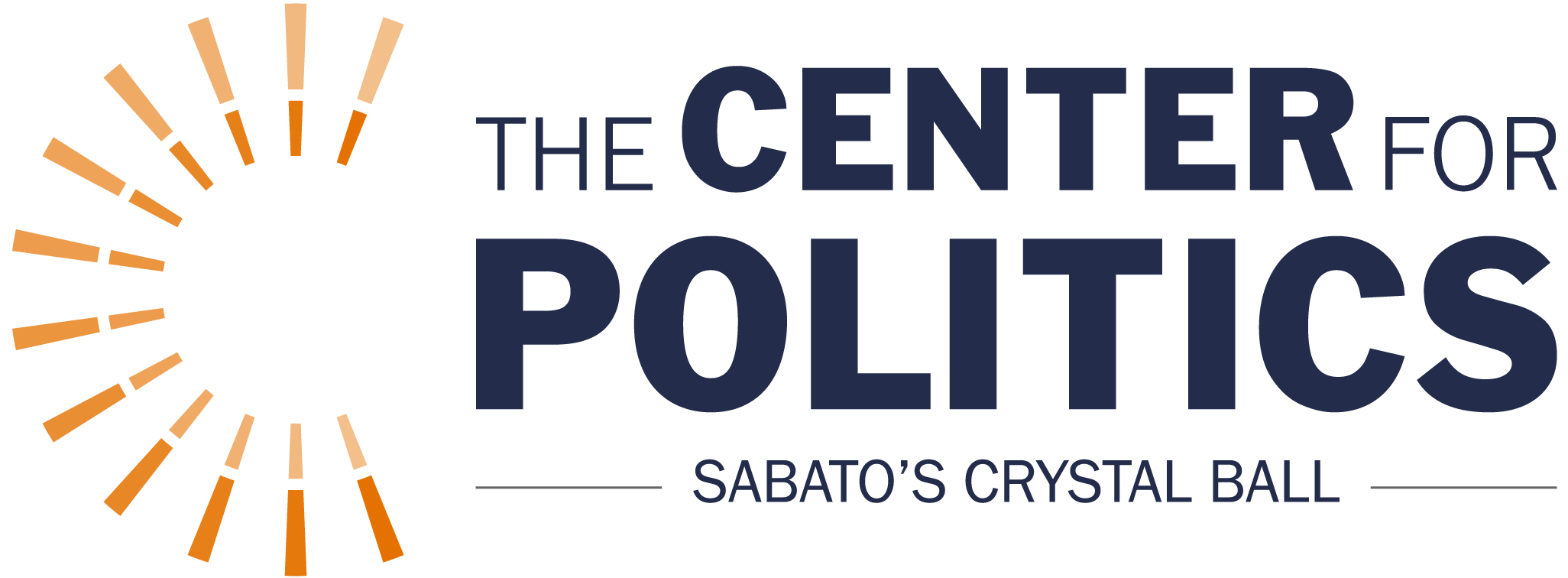The Tar Heel State’s Political Map
The Tar Heel State has grown steadily over the past decade. After being the “last in” in 2000 — North Carolina was awarded the final House seat in reapportionment, bringing its tally to 13 — it was the “first out” in 2010 — falling just short of the population needed for a 14th seat. Statewide, population grew by 18.5% over those 10 years. The state’s growth has centered in urban areas, changing North Carolina’s political and cultural disposition. Raleigh and Charlotte, the state’s two largest cities, each saw population growth of over 30% between 2000 and 2010, while most rural counties grew at less than half that rate. As the chart below shows, the political power in North Carolina now lies in a trio of urban centers: Charlotte, the Triangle (anchored around Raleigh, the state’s capital and fastest-growing city), and the Triad (comprised primarily of Winston-Salem, Greensboro and High Point). Those three regions now contain nearly two-thirds of the state’s population, wielding outsized political influence in a state where political power has historically been diffuse. Chart 1: Regional two-party vote, 2008 Election Democrats are excited about their chances with growing urban concentrations of voters with advanced degrees — historically a
